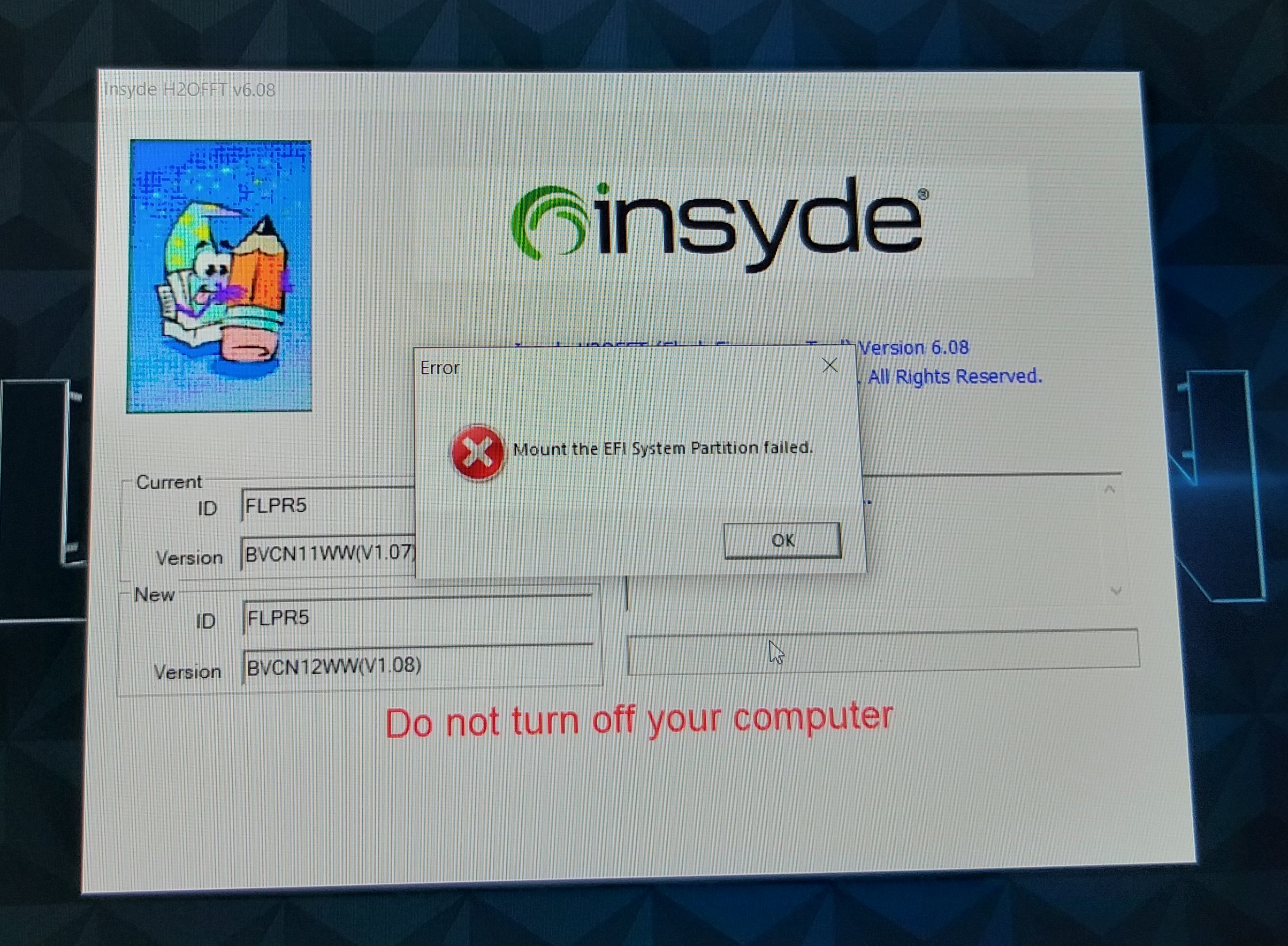
- #Enter bios symantec encryption desktop mac os x
- #Enter bios symantec encryption desktop install
- #Enter bios symantec encryption desktop full
- #Enter bios symantec encryption desktop software
- #Enter bios symantec encryption desktop code
#Enter bios symantec encryption desktop software
The software included a music player but silently installed a rootkit which limited the user's ability to access the CD. In 2005, Sony BMG published CDs with copy protection and digital rights management software called Extended Copy Protection, created by software company First 4 Internet.

Main article: Sony BMG copy protection rootkit scandal Sony BMG copy protection rootkit scandal
#Enter bios symantec encryption desktop mac os x
The first rootkit targeting Mac OS X appeared in 2009, while the Stuxnet worm was the first to target programmable logic controllers (PLC). It was followed by HackerDefender in 2003. The first malicious rootkit for the Windows NT operating system appeared in 1999: a trojan called NTRootkit created by Greg Hoglund. Advanced techniques included hooking low-level disk INT 13H BIOS interrupt calls to hide unauthorized modifications to files. Over time, DOS-virus cloaking methods became more sophisticated. The first documented computer virus to target the personal computer, discovered in 1986, used cloaking techniques to hide itself: the Brain virus intercepted attempts to read the boot sector, and redirected these to elsewhere on the disk, where a copy of the original boot sector was kept. This exploit was equivalent to a rootkit.
#Enter bios symantec encryption desktop code
A review of the source code for the login command or the updated compiler would not reveal any malicious code. Additionally, the compiler would detect attempts to compile a new version of the compiler, and would insert the same exploits into the new compiler. The modified compiler would detect attempts to compile the Unix login command and generate altered code that would accept not only the user's correct password, but an additional " backdoor" password known to the attacker. In the lecture he gave upon receiving the Turing award in 1983, Ken Thompson of Bell Labs, one of the creators of Unix, theorized about subverting the C compiler in a Unix distribution and discussed the exploit. Lane Davis and Steven Dake wrote the earliest known rootkit in 1990 for Sun Microsystems' SunOS UNIX operating system. These first-generation rootkits were trivial to detect by using tools such as Tripwire that had not been compromised to access the same information. If an intruder could replace the standard administrative tools on a system with a rootkit, the intruder could obtain root access over the system whilst simultaneously concealing these activities from the legitimate system administrator. The term rootkit or root kit originally referred to a maliciously modified set of administrative tools for a Unix-like operating system that granted " root" access. When dealing with firmware rootkits, removal may require hardware replacement, or specialized equipment. Removal can be complicated or practically impossible, especially in cases where the rootkit resides in the kernel reinstallation of the operating system may be the only available solution to the problem.

Detection methods include using an alternative and trusted operating system, behavioral-based methods, signature scanning, difference scanning, and memory dump analysis.

Rootkit detection is difficult because a rootkit may be able to subvert the software that is intended to find it.
#Enter bios symantec encryption desktop full
Full control over a system means that existing software can be modified, including software that might otherwise be used to detect or circumvent it. Once installed, it becomes possible to hide the intrusion as well as to maintain privileged access. exploiting a vulnerability (such as privilege escalation) or a password (obtained by cracking or social engineering tactics like " phishing"). Obtaining this access is a result of direct attack on a system, i.e.
#Enter bios symantec encryption desktop install
Rootkit installation can be automated, or an attacker can install it after having obtained root or administrator access. The term "rootkit" has negative connotations through its association with malware. The term rootkit is a compound of " root" (the traditional name of the privileged account on Unix-like operating systems) and the word "kit" (which refers to the software components that implement the tool). Security information and event management (SIEM)Ī rootkit is a collection of computer software, typically malicious, designed to enable access to a computer or an area of its software that is not otherwise allowed (for example, to an unauthorized user) and often masks its existence or the existence of other software.Host-based intrusion detection system (HIDS).


 0 kommentar(er)
0 kommentar(er)
